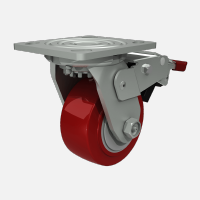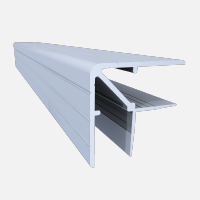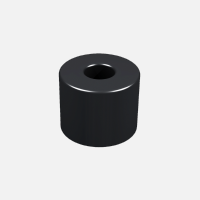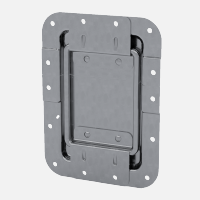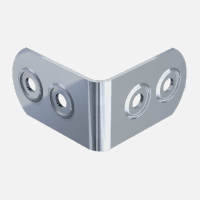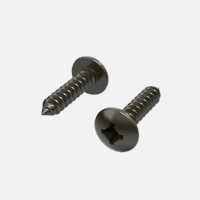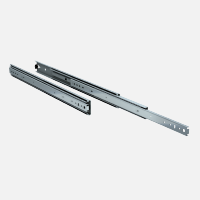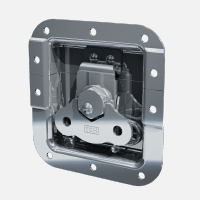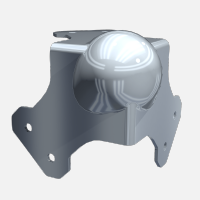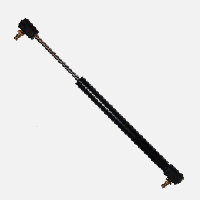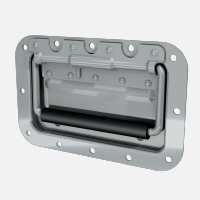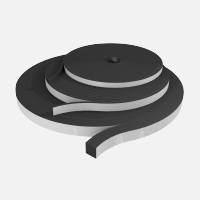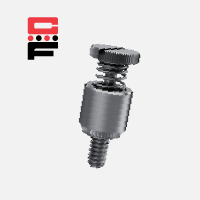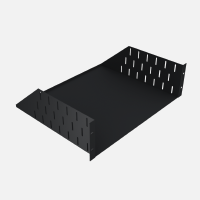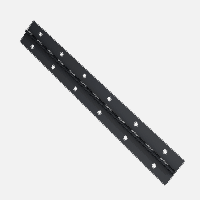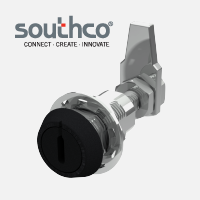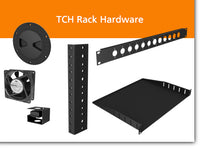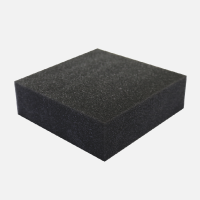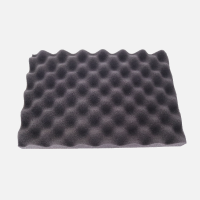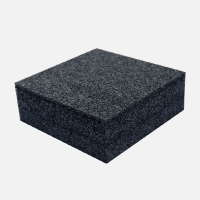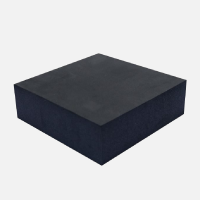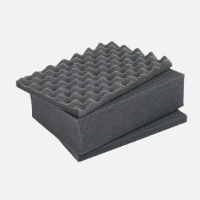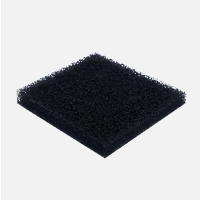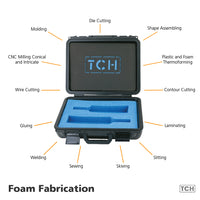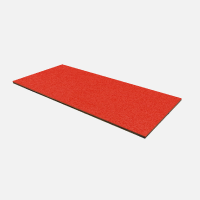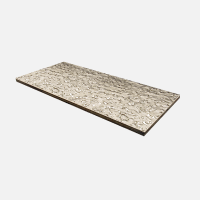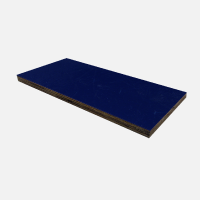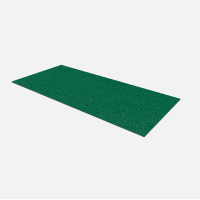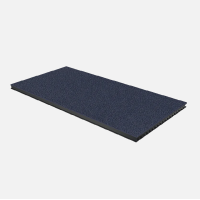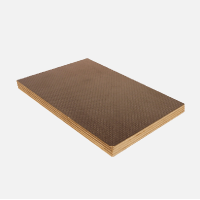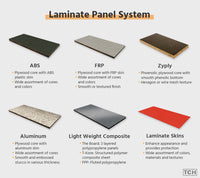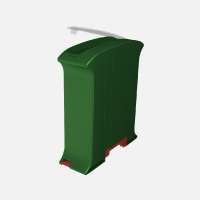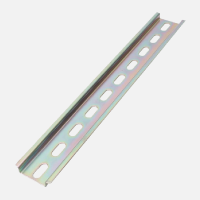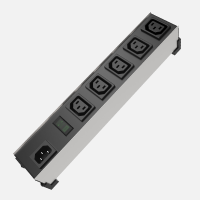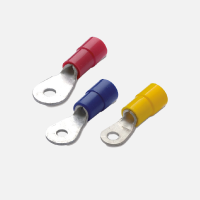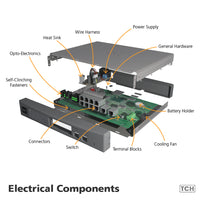Gasketing:
Gaskets play a crucial role in industrial systems by creating a seal between components, such as pipes and mechanical assemblies. While it's essential to tightly join surfaces like pipe faces, achieving perfectly smooth junctions during manufacturing is unattainable. Moreover, corrosion over time can create irregularities. Gaskets address this issue by maintaining a tight seal between components, ensuring steady and effective performance across diverse operating conditions.
A gasket is a thin piece that creates a seal between two more significant mechanical parts. These gaskets come in various shapes and sizes, from straightforward O-rings to intricate designs with multiple openings in different forms. Although their strategies may vary, the primary purpose of most gaskets is to seal pipes and prevent fluid leaks. They can also serve other roles, such as reducing noise and vibration or maintaining specific compression levels within a system.
Gaskets are typically made from more pliable materials than the sealing components. These materials can range from elastomers to softer metals. The essential characteristic of a gasket material is its ability to conform to the surfaces it seals, compensating for any surface imperfections to ensure a secure seal when the gasket is compressed.
Properties of a Gasket
The perfect gasket should do more than seal; it must also guard against corrosion. It must be tough to withstand wear and tear, vibrations, impacts, and extreme temperatures.
The best material for this purpose would be flexible yet strong, with a low density and high tensile strength. These materials typically exhibit chemical resistance and can endure internal pressure and long-term use.
However, the critical attribute of any gasket is its strength. Your gaskets must be robust enough to handle pressure without warping under normal operating conditions, ensuring they maintain an effective seal over an extended period.
How Does Waterjet Cutting Work on Foam?
The process involves propelling water at high speeds through a narrow nozzle. When this jet hits the foam, it swiftly cuts through it. Given the soft nature of foam, water alone can often achieve the desired cuts without the need for abrasives.
What are the Different Types of Foam Compatible with Waterjet Cutting?
Almost all foam types can be effectively cut using waterjet technology. However, the results might vary slightly depending on the foam's properties.
Is There a Difference in Cutting Open-Cell Foam vs. Closed-Cell Foam?
Certainly, open-cell foams, characterized by interconnected pores, can sometimes absorb some water during the cutting process. In contrast, closed-cell foams with sealed pores don't drink water, making cutting smoother.
What Parameters Are Essential in Waterjet Cutting for Foam?
Optimizing the parameters ensures efficient foam cutting:
Water pressure
Nozzle size
The traverse speed of the nozzle
Foam type and thickness
What are the Cutting Tolerances for Waterjet Foam Cutting?
Tolerances vary depending on foam types:
Depth Tolerance: ±0.005 inches for dense foams.
Dimensional Tolerance: Ranges between ±0.001 to ±0.005 inches.
Positioning Tolerance: ±0.001 inches for foams <2 inches thick.
What is the Thickest Foam that can be Waterjet Cut?
Waterjet technology can comfortably cut foam up to 8 inches thick, approximately 200 millimeters.
Advantages of Waterjet Technology in Foam Fabrication
Versatility in foam types.
Precision cuts.
Minimal waste.
Eco-friendly process.
No heat-affected zone.
How is Waterjet Technology Influencing Foam Applications in Different Industries?
Automotive: For seat cushions, insulation, and gaskets.
Aerospace: In crafting customized aircraft seat cushions.
Furniture: Producing ergonomic and tailored cushions.
The Step-by-Step Process of Foam Fabrication Using Waterjet Technology
Design and programming.
Foam selection and placement.
Machine setup: pressure, nozzle type, etc.
Cutting process.
Post-cut inspection and finishing.
What are the Key Preparations Before Waterjet Cutting Foam?
Ensure the foam is free of contaminants.
Optimize the design for waterjet cutting.
Properly align and secure the foam on the cutting bed.
Cost Implications of Waterjet Cutting in Foam Fabrication
Comparatively, while the initial setup cost might be higher, the efficiency, precision, and reduced wastage often make waterjet cutting more cost-effective in the long run.
Conclusion
Waterjet technology isn't just another cutting method; it's a revolutionary shift in foam fabrication. Offering unparalleled precision, versatility, and eco-friendliness, it's evident that waterjet technology's future in foam fabrication is not only promising but transformative.
Itis in cooperation with Techni Waterjet.
At TCH, We offer a full range of packaging and cutting solutions, from simple foam inserts to complex designs executed by our array of machinery.




